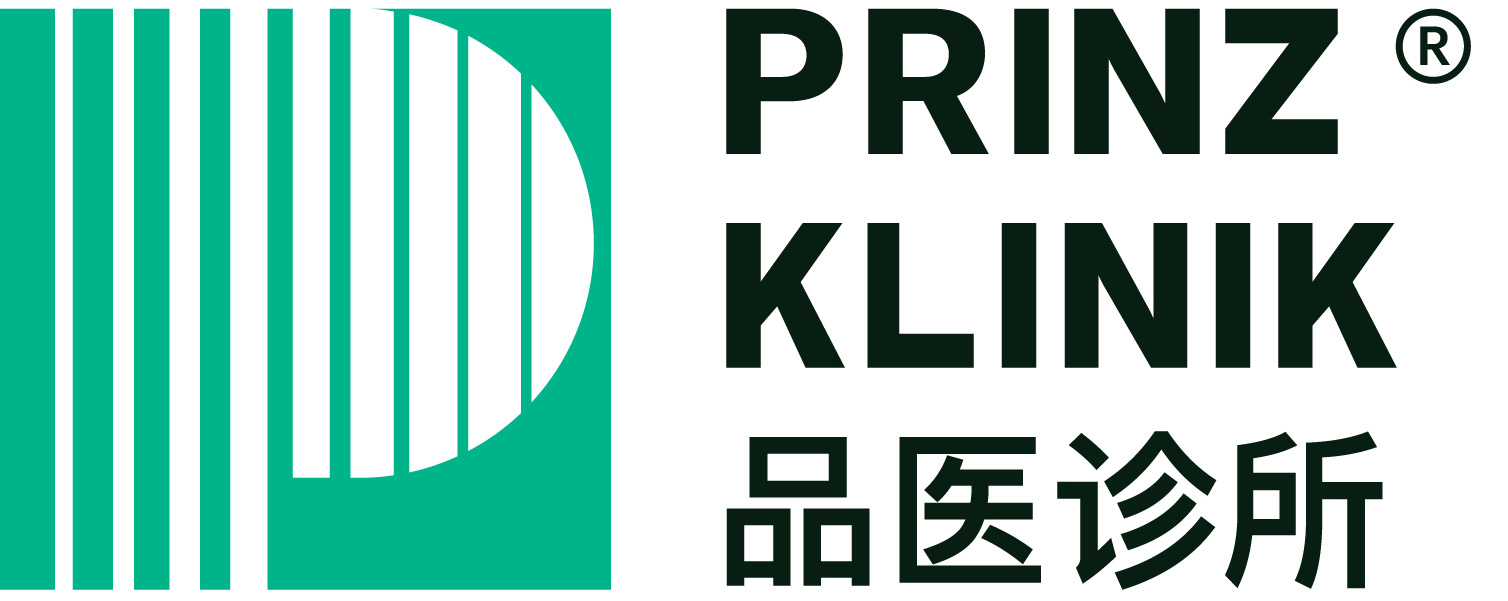Health Tips & Wellness Blog – Prinz Klinik
Breast Cancer Screening in Malaysia: Age, Frequency & Subsidy | Prinz Klinik

Breast Cancer Screening in Malaysia: Age, Frequency, and Screening Options
This article is prepared by Prinz Klinik, based on official resources from the Ministry of Health (MOH) Malaysia and local programs. It is intended for health education purposes only and should not replace professional medical consultation.
Why is Breast Cancer Screening Important?
Breast cancer is the most common cancer among Malaysian women. Standardized screening allows early detection before symptoms arise, significantly improving survival rates and reducing treatment costs. Regular screening and personal risk assessment are essential to protect women’s health.
Recommended Screening in Malaysia (by Age and Risk)
Malaysia adopts an “opportunistic + risk-stratified” approach, with frequency and methods tailored by physicians based on individual risk:
| Age / Risk | Recommended Screening | Notes |
|---|---|---|
| 20–39 years (Average Risk) | Clinical Breast Examination (CBE) & breast self-awareness | Raises awareness of breast changes; mammogram not routine at this age. |
| 40–49 years (With Risk Factors) | Annual mammogram; add ultrasound if necessary | Risk factors include: strong family history, dense breasts, previous breast disease, etc. |
| 50–74 years (Average Risk) | Mammogram every 2 years | Recommended by international and local guidelines. |
| High Risk (Genetic / strong family history / prior chest radiation) | Annual mammogram + breast MRI | Starting age and frequency determined by genetic counseling and specialist evaluation. |
Note: Mammograms are generally not recommended during pregnancy; breastfeeding women are advised to wait about 6 months after weaning for more accurate results (urgent cases should be assessed by a physician).
Which Screening Methods Should You Choose?
- Mammogram (X-ray): The “gold standard” for population screening, with proven evidence of reducing breast cancer mortality.
- Breast Ultrasound: Useful for dense breasts or abnormal X-ray findings, but cannot replace a mammogram.
- Breast MRI: Recommended as a supplementary tool for high-risk women, highly sensitive but more costly with higher false positives.
- 3D Breast Tomosynthesis: Improves detection and reduces recall rates in women with dense breasts, increasingly available in Malaysia.
Government & Subsidy Resources (Very Useful)
- PeKa B40 (ProtectHealth / MOH): Eligible STR recipients and their spouses aged 40 and above are entitled to free health screening, with additional support for treatment and transportation (conditions apply).
- eMAMOGRAM 2.0 (LPPKN): Provides subsidized mammogram screening for women aged 40–70, depending on availability and eligibility.
- NGO / Charity Programs: Occasionally offer free or low-cost mammograms. Check local organizations for current programs.
How Prinz Klinik Can Help
- Clinical Breast Examination (CBE) and personal risk assessment
- Referral to imaging partners for Mammogram / Ultrasound / 3D Tomosynthesis
- Assistance with PeKa B40 and eMAMOGRAM eligibility and application
- Fast-track referral to breast surgeons or imaging specialists if abnormalities are found
Tips Before Your Screening
- Try to schedule your appointment a week after your menstrual cycle for greater comfort.
- Avoid deodorant, perfume, or powder on the day of the test to prevent interference with the imaging.
- Bring along previous imaging records for comparison.
Frequently Asked Questions (FAQ)
Q1: Does a mammogram hurt?
Most women feel only brief pressure or discomfort; the test usually takes 10–15 minutes.
Q2: Do I need 3D mammography if I have dense breasts?
3D tomosynthesis improves detection and reduces recall rates in dense breasts. Value depends on clinical judgment and cost considerations.
Q3: Can ultrasound replace mammograms?
No. Ultrasound is a supplementary tool. Mammograms remain the standard for population screening, and diagnosis relies on biopsy when necessary.
Q4: How often should I be screened?
Average risk: every 2 years between ages 50–74.
Women over 40 with risk factors: annually.
High-risk individuals: annual mammogram + MRI (specialist-guided).
Conclusion
Breast cancer screening enables earlier detection of treatable lesions and saves lives. Women are advised to choose screening based on age and risk level, and to utilize programs such as PeKa B40 and eMAMOGRAM.
At Prinz Klinik, we provide clinical breast examinations, personalized risk assessments, and imaging referrals to help you complete your screening more easily and confidently.
- Address: Prinz Klinik Keponggi - Signature Health Screening Clinic, Kepong, Kuala Lumpur
- WhatsApp Appointment: Click here
References / Sources








